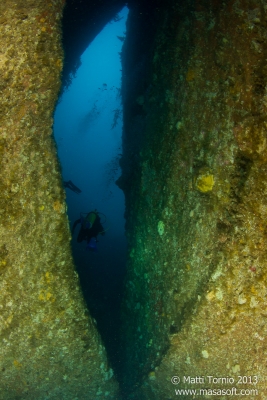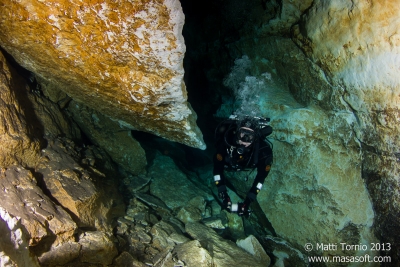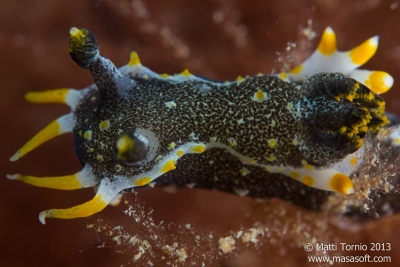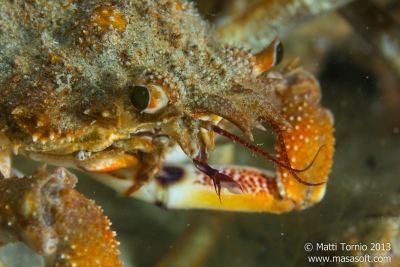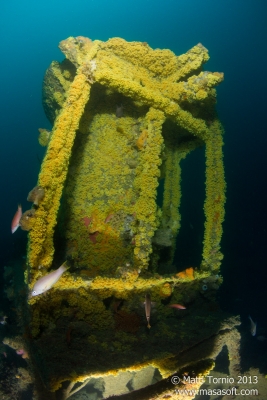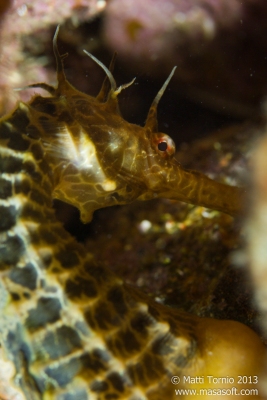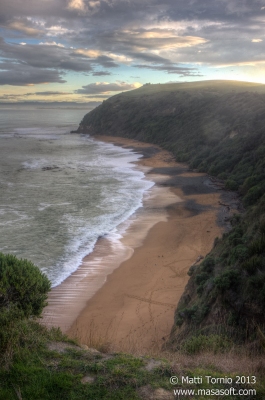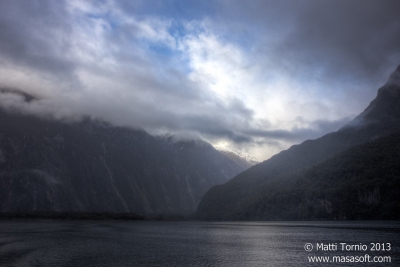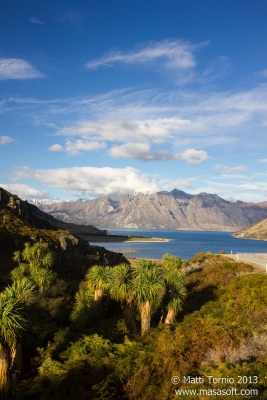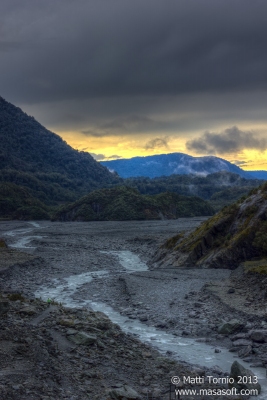Access denied for user 'masasoft_mtornio'@'localhost' (using password: YES)Error loading character set utf8:
Access denied for user 'masasoft_mtornio'@'localhost' (using password: YES)Error loading character set utf8:
Access denied for user 'masasoft_mtornio'@'localhost' (using password: YES)Error loading character set utf8:
Access denied for user 'masasoft_mtornio'@'localhost' (using password: YES)Error loading character set utf8:
Access denied for user 'masasoft_mtornio'@'localhost' (using password: YES)Error loading character set utf8:
Access denied for user 'masasoft_mtornio'@'localhost' (using password: YES)Error loading character set utf8:
Only a few days after our Gambier visit it was already time for another big diving trip. Our club trip to Wilsons Promontory a year ago was a great success and obviously everyone was keen to get back there for more awesome diving. This time we were also better prepared for the conditions and hoping to avoid the few incidents we had last year.
The Scuba Divers Federation of Victoria has been organizing the annual Wilsons Prom trip over the Melbourne Cup long weekend for quite a while now. Wilsons Prom is fairly remote and has minimal infrastructure for diving so having multiple dive clubs around certainly makes life a little bit easier. This year we had a pretty impressive turnout from the local clubs, even the Flinders University Underwater Club all the way from Adelaide was there! Our former club president Crystal was on a short visit to Melbourne, so she joined the trip as well.

Luke, Evan and I were the first to get there on Friday, as it was MUUC’s turn to organize the Saturday night BBQ we also stopped on the way to pick up lots of sausages and other food stuffs. Catering for close to a hundred people (not all divers, plenty of people from other clubs had brought their families too) sure is a lot of work! But we were determined to make sure things worked more smoothly this year. Last year our club missed out on the barbeque completely as by the time we got there all the food was already gone!
After getting to the camping ground at Tidal River we played with Evan’s quadcopter for a while, good fun while bit tricky! Then it was time to set up our tents and wait for the other club members to get there. We had quite a few people joining us, most in tents and a few in cabins nearby. By the time we got the last tent setup it was getting quite late, definitely time to get some sleep.
In the morning it was time to get started with the actual diving. While the weather on Saturday was looking great for diving a big storm was supposed to hit the Prom sometime in the early hours of Sunday. So obviously everyone was keen to do as much diving as possible before that happened! Since we had only one boat with us we were rotating divers, four trips a day meant everyone got to do two dives.
I also did my first proper boat-sitting on this trip. For the first dive we had chosen the Pinnacle and I was sitting that dive. Happily everything went smoothly, and soon enough I had picked up the divers from the water and we were heading back to the shore to pick up a new group of divers.
The second dive of the day (and my first of the trip) was the Humpback. This was an excellent dive a year ago and it didn’t disappoint this time either. The site is full of big rocks covered in zoanthids, cool walls and several swimthroughs, including one large vertical pipe. I was diving with Mathilde and we both had an excellent dive!
For my second dive of the day I did the Skull Rock. We had a number of incidents on this site last year, including my problems with the blocked exhaust valve. Luckily things went smoothly this time, we hopped in with Evan, Mathilde, Seth and Alycia. We started the dive by checking out the the tunnels going through the rock. Current was pretty minimal this time and the dive was certainly lot more enjoyable than a year ago!
While not real caves the swimthroughs leading through the sides of the rock are certainly very cool! After going through the rock twice we started following the reef to a deeper area with some cool valleys and walls. Unfortunately it was also getting bit too deep for the OW divers diving with us. At one point Mathilde had a minor incident and her fin came off. after assisting her we decided it was time to head back to shallower waters.
After some playing around in the shallows and some photography we headed back to the surface and joined up Crystal on the boat. On the way back we drove past one of the seal colonies. There were quite a few seals up on a big rock, including one that had suffered some rather nasty injuries. Luckily he had gotten back to the safety of the colony, but he was still pretty badly wounded with some big gashes on his side. Hopefully he survives the ordeal!
Back on the shore it was time to get started with the barbeque. As we had brought plenty of food we thought we were well prepared. Sadly this didn’t turn out to be true. We had an even bigger turnout than expected and sadly some people thought it was ok to go not only for seconds, but for thirds and fourths without paying extra! We still had enough food for almost everyone, but a few latecomers were left out. At least it was well beyond the scheduled time of the bbq at that point. Still, it seems to be impossible to keep everyone happy. At least it will be several years before it is our time to organize the bbq again, as this task rotates between the clubs.
While weather was still looking nice it was clear based on the forecast that there would not be any diving on Sunday. Quite a few of us went for a late evening walk, Prom is certainly a great spot for walking both day and night. Afterwards we settled down at our tents to get some sleep before the storm. The storm hit us in the early hours of the morning and this was definitely a big one! Luckily all our tents survived the storm, even the big multi-room one Seth had brought. With the storm blowing there was no way I was getting more sleep, so I got up with sunrise to do some more walking. Unfortunately it started raining quite heavily after a while, so I was forced to return to the campground.
We spent the rest of the day hiking too. First we walked up to the top of Mt Bishop. Mt Bishop may not be the highest peak on the Prom, but the view from the top is still quite spectacular. Especially on a really windy day like this with big waves breaking all along the coastline!
Afterwards we visited the nearby Squeaky Beach (named after the fine sand making “squeaky” sounds when stepped on). It was sad seeing all the dead birds along the coastline, the storm had certainly taken its toll on the poor animals. Then we headed back to the camp and spent the rest of the day there hoping that weather would improve by the next morning.
The waves were still looking quite large on Monday morning but luckily things improved enough by afternoon that we could safely launch our boat. Quite a few of our divers had already headed back to Melbourne at this point so at least we no longer had to return back to shore during the day to switch divers.
The launch itself and the way out was still quite rough, but we found a well-protected spot near one of the bigger rocky islands. This wasn’t one of the marked dive sites, but we still decided to hop in for a look. The site turned out quite nice, lots of bommies and boulders covered in zoanthids. There were also several impressive seawhips around the site, hence we decided to name it “Seawhip Cove”. Visibility was still decent too, we had been concerned that the storm might have muddied up the waters.
Some of us had spotted a small beach on the island while waiting on the boat, so for the surface interval we decided to go in for a closer look. A few of us swam in first and found a couple of really cool dry caves near the beach! One of them went on for quite a while too, sadly there was some rubbish in there that had been washed or blown in. Still a really cool find! We took the boat in carefully on the beach and then all of us spent some more time exploring. We also climbed to the top of the island, the view from up there was quite spectacular.
However, as we had started the day late and people still wanted a second dive we couldn’t spend too much time on the island playing pirates as Alycia would have preferred. For the second dive we headed over to the Eagle’s Peak, a dive site on the exposed side of this same island. Eagles Beak is known as one of the best dives in the area and it certainly lived up to its reputation. It was somewhat rough of the surface, but luckily there wasn’t too much surge underwater.
There were some impressive boulders, several small caves and spectacular swimthroughs to explore. At one point we also had a pair of seals checking us out and getting close and personal. Sadly I couldn’t quite get the camera focus right and didn’t get any good photos of them. Considering how interesting the site was I could have spent a long time down there. Sadly my buddy Stuart went through his air quite quickly so our bottom time was relatively short.
As we were returning to the shore we had our only bigger incident of the trip. It was fairly rough in the Norman Bay and just as we were getting shallow enough to jump off one of the tanks must have been knocked open. Everyone got really distracted trying to find the leaking tank. Then people started jumping off the boat to get the car and the trailer. Suddenly only Luke was left on the boat but he wasn’t driving, he was still trying to find the leaking tank!
The boat started turning sideways into the waves and things got quite chaotic. I was in deeper water myself and relatively safe but Evan and Seth had quite a scare when the boat almost crashed into them while bouncing on the waves! Luckily Luke got things under control and we were able to get the boat and all the divers back on shore safely.
On Tuesday we headed out one last time, our first dive was back at the Eagles Beak. This time I was diving with Isaac who was certainly lot better on air than Stuart. We spent a lot of time exploring the caves and swimthroughs in this area. Of particular interest was a decent size chamber beneath a massive boulder with several tunnels branching off! This was definitely the best dive of the trip for me and one of the best dives I have ever done.
We had had a fairly late morning so it was getting bit late already, but some of us were still keen for one more dive. This time we headed to Humpback again. Our dive plan was to follow the coastline to the Pinnacle on the protected side of the island.
Unfortunately this plan didn’t work too well. Humpback is very exposed and the swell was still fairly heavy. This meant some fairly strong surge too, especially in the swimthroughs and some of the holes. The surge was less of an issue once we left the more exposed area, however the underwater scenery got less interesting too. Soon enough most of the bigger boulders were gone and the rocks were mainly covered in kelp instead of colorful zoanthids.
The rest of the dive was frankly bit boring, the only more interesting sight was a massive ball of bait fish. I managed a few quick (overexposed) shots and then they were swimming away already. Soon afterwards Isaac and I returned to the surface, it was time to get the boat back to the shore as some people were getting anxious to return to Melbourne.
Unfortunately on the way back we ran into some further delays in the form of boat issues. At this point the boat was running little low on fuel, but there was still plenty to get back to shore safely. However, suddenly the engine started stalling while bouncing up and down on the waves. After the main engine stalled a few times we tried to get the spare fuel tank connected. Unfortunately we found out there was an issue with the fuel line, so that didn’t work too well either. Eventually we were able to pour some fuel directly to the main tank and the engine started working again.
We were not really sure what the issue was as there had still been a fair bit of fuel left in the tank. Big Boat has given us a fair share of problems in the past and it’s definitely time to try to get it replaced! Either way, we really need the fuel line fixed ASAP. At least there was no real emergency this time and we had plenty of time to sort out the problem. The rest of the trip back was problem free, we got back to the shore safely, finished packing our gear and started the drive back to Melbourne.
Despite the stormy Sunday and the boat problems the trip was still a resounding success. For me Wilsons Prom has the best diving in Victoria, it’s a shame we can’t go there more often! Two great dive trips in a row definitely makes up for a quiet Spring!

#
Jan 01, 1970
min, 0 m, °C

#
Jan 01, 1970
min, 0 m, °C

#
Jan 01, 1970
min, 0 m, °C

#
Jan 01, 1970
min, 0 m, °C

#
Jan 01, 1970
min, 0 m, °C

#
Jan 01, 1970
min, 0 m, °C




